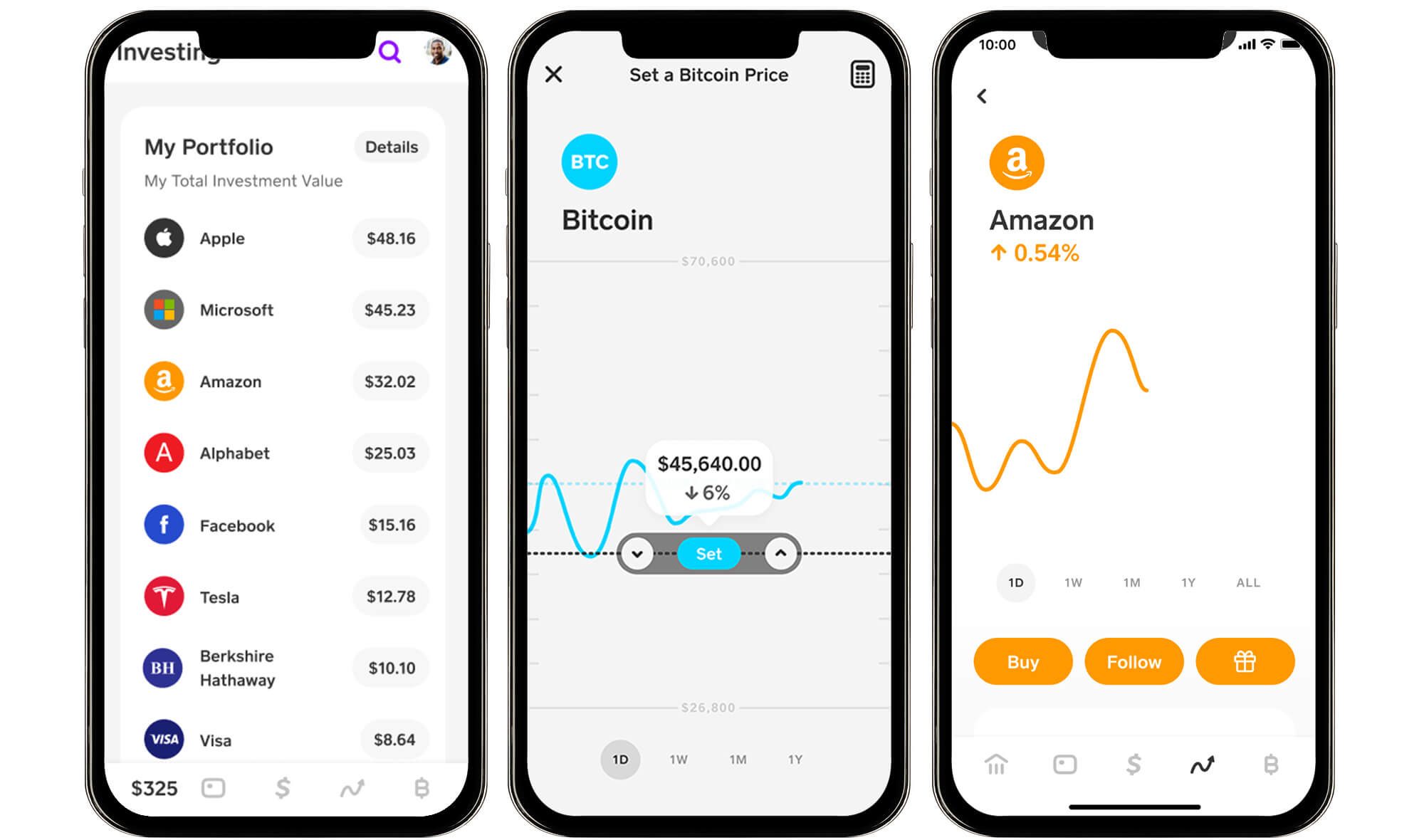Home>Finance>Dormant Account: Definition, How It Works, And Example


Finance
Dormant Account: Definition, How It Works, And Example
Published: November 13, 2023
Learn what a dormant account is in finance, how it functions, and explore an example to understand it better.
(Many of the links in this article redirect to a specific reviewed product. Your purchase of these products through affiliate links helps to generate commission for LiveWell, at no extra cost. Learn more)
Unlocking the Mystery: Unveiling Dormant Accounts and Their Intricacies in Finance
Have you ever wondered what happens to your money if you leave it untouched in your bank account for an extended period? Well, you might be dealing with a dormant account. In the world of finance, dormant accounts are a fascinating concept that many people may not fully understand. In this article, we will demystify dormant accounts, explore their definition, how they work, and provide an illuminating example.
Key Takeaways:
- Dormant accounts are bank accounts that have had no customer-initiated activity for an extended period of time, typically ranging from a few months to several years.
- Financial institutions have specific guidelines and regulations regarding dormant accounts, including escheatment laws that govern the transfer of unclaimed funds to the government.
What is a Dormant Account?
A dormant account, also known as an inactive account, refers to a bank account that has had no customer-initiated activity for a significant period. This lack of activity can include deposits, withdrawals, or any customer-led transactions. Banks typically have their own criteria to determine when an account becomes dormant. However, the definition commonly involves a predetermined period of inactivity, such as six months to a year, depending on the institution’s policies.
It is essential to understand that while a dormant account might seem inactive from the customer’s perspective, it remains a liability for the bank or financial institution. These institutions have ongoing administrative and operational costs associated with maintaining these accounts, such as account statements, customer notifications, and potential fraud monitoring.
How Does a Dormant Account Work?
When an account becomes dormant, it activates a process defined by the bank or financial institution. Here is an overview of how a dormant account typically works:
- Period of Inactivity: After a specific period of inactivity, as determined by the institution, the account is flagged as dormant. This flag indicates that the account requires further action to either reactivate or close it.
- Account Review: The bank will review the account to ensure that it meets the criteria for dormancy. This assessment prevents errors or accidental flagging of active accounts.
- Customer Notification: Most financial institutions have policies in place to notify customers regarding their dormant accounts. These notifications typically occur via email, mail, or online banking messages, informing customers of a pending action required to reactivate or close the account.
- Reactivation or Closure: Depending on the account holder’s response and preferences, the bank will either reactivate the dormant account or proceed with closing it. Reactivation often involves simple steps like updating personal information or making a transaction, while account closure might require additional documentation.
An Illustrative Example
Let’s imagine a scenario to illustrate how a dormant account works in real life. Sarah opened a savings account with a local bank but later switched to another institution without closing her initial account. She didn’t realize that her account became dormant due to inactivity.
After two years, the bank’s systems flag Sarah’s account as dormant, triggering the account review process. The bank then sends Sarah a notification, informing her of the dormant status and the necessary steps to reactivate or close the account.
Sarah, upon receiving the notification, decides to reactivate the account. She visits the bank and updates her personal information, depositing a small amount to demonstrate activity. The bank then removes the dormant status, and Sarah’s account becomes active again.
Conclusion
Dormant accounts are a common occurrence in the world of finance, and understanding their definition and workings is essential for both customers and financial institutions. By shedding light on dormant accounts’ existence, we hope to empower individuals with knowledge to better manage their finances and avoid potential inconveniences associated with these accounts.
Now that you’re equipped with information about dormant accounts, you can stay informed and take necessary actions to keep your financial accounts active and healthy.














